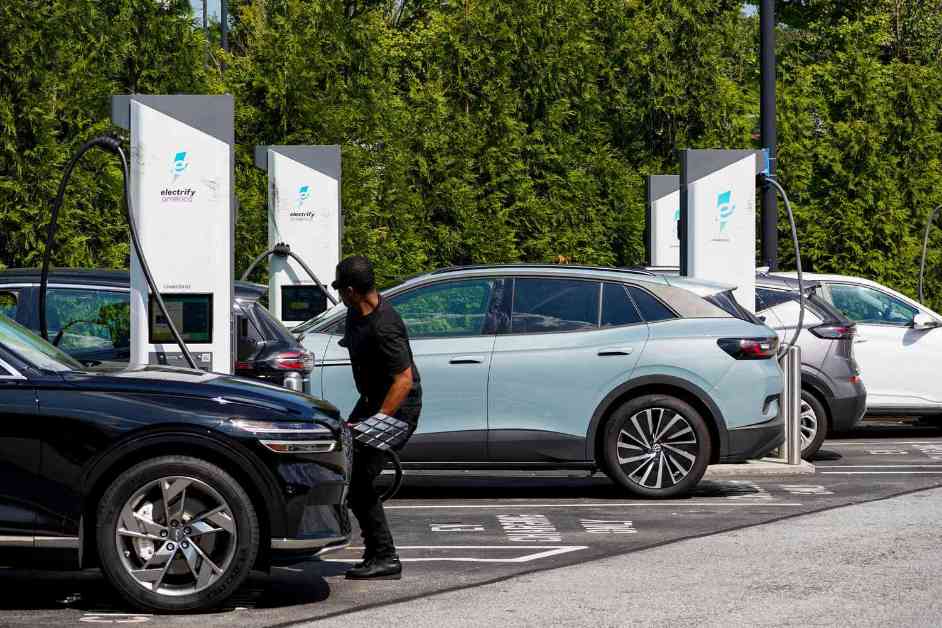Regional Disparities in EV Infrastructure Development Persist Despite Progress
The landscape of electric vehicle (EV) infrastructure in the United States is evolving, with advancements being made in the development and accessibility of EV charging stations. However, a recent report by HERE Technologies and SBD revealed that regional disparities continue to exist, highlighting the challenges of bridging the gap between urban and rural areas.
Delaware Leads the Pack in EV Infrastructure Readiness
Delaware emerged as a surprising frontrunner in the latest assessment of EV infrastructure readiness, securing the top spot among all states and the District of Columbia. This significant rise in ranking can be attributed to a notable surge in EV sales, a substantial increase in the number of chargers per road length, and a doubling of average charger power within the state.
On the contrary, Washington D.C. experienced a slight decline, slipping to the second position, followed closely by Massachusetts and Nevada, which tied for third place, and Connecticut. In contrast, more rural states like Alaska, Arkansas, and Idaho found themselves at the bottom of the list, underscoring the disparity in EV infrastructure development between urban and rural regions.
Challenges in Addressing Regional Disparities
The vast geographical expanse of the United States poses unique challenges in establishing a comprehensive and inclusive EV infrastructure network. While progress has been made in urban centers, rural areas often face greater obstacles in terms of accessibility to charging stations and other EV amenities.
Robert Fisher, Principal at SBD Automotive, emphasized the importance of addressing the fundamental need for reliable transportation services when expanding the EV network. He highlighted the significance of increasing the density of charging stations to ensure seamless connectivity for EV owners across different regions.
Strategies for Enhancing EV Infrastructure Equity
To address the persistent regional disparities in EV infrastructure development, various strategies can be implemented to promote equity and accessibility for all users. One approach involves incentivizing the installation of EV charging stations in underserved areas, particularly in rural communities where the demand for EVs is steadily increasing.
Collaboration between public and private sectors is also essential in accelerating the expansion of EV infrastructure, with government initiatives playing a crucial role in funding and supporting the deployment of charging stations nationwide. By fostering partnerships and leveraging innovative technologies, the U.S. can make significant strides towards achieving a more equitable and sustainable EV ecosystem.
Conclusion
While progress has been made in the development of EV infrastructure in the United States, regional disparities persist, posing challenges in ensuring equal access to EV amenities across urban and rural areas. By implementing targeted strategies and fostering collaboration between stakeholders, the U.S. can bridge the gap and create a more inclusive and sustainable EV ecosystem for all.

















